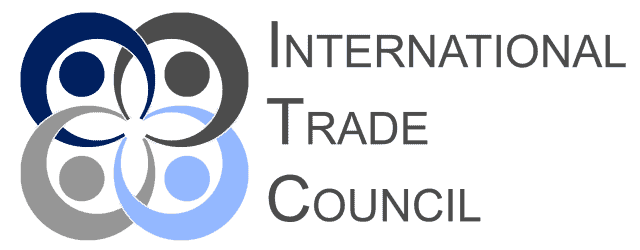
The measurement of renewable energy growth is at the center of today’s climate and economic policy debates. For all the attention paid to headline statistics—gigawatts installed, emission reductions, investment totals—there remains a need for rigor in the way national and international agencies track the underlying activity. ISIC codes, specifically 3510 for electric power generation, provide a backbone for this work, even as technology and reporting standards evolve.
To begin, ISIC 3510 encompasses the production of electricity from all sources. For policymakers interested in renewable energy, the challenge lies in teasing out the share attributable to solar, wind, hydro, and other technologies. Most national statistical agencies now require energy producers to declare the principal generation method, making it possible to subdivide 3510 by technology. In practice, this often involves the use of subcodes, or at the very least, detailed annotations in national registries. For example, an operator running a large solar PV facility would be registered under 3510, but also flagged or noted as “solar.†The same logic applies to wind farms, hydroelectric dams, and emerging technologies such as tidal or geothermal.
Compiling national renewable capacity data begins with these subcategories. The process starts by aggregating registrations and capacity reports from all entities coded as 3510, filtering by technology wherever possible. Some agencies have moved to require separate codes or forms for each type of facility. Others rely on self-reporting or supplemental surveys. Either way, the task is to build as granular a dataset as possible, allowing for differentiation not only between renewables and fossil fuels, but within the diverse array of renewable sources themselves.
From here, the next step is to reconcile these installation statistics with broader energy consumption and production models. It is rarely sufficient to report installed capacity in isolation. Effective analysis requires connecting this data with actual generation (in MWh or GWh), capacity factors, and integration into national grids. For instance, a country with significant hydroelectric capacity may show high installed numbers under ISIC 3510, but seasonal variation or infrastructure limitations can mean actual output lags far behind the headline figure. Solar and wind, similarly, present challenges of intermittency and variability.
Energy consumption models provide the bridge between installed capacity and real-world outcomes. By integrating ISIC-based capacity data with consumption statistics—often collected under separate coding systems—analysts can model the proportion of national energy demand met by renewables. This approach highlights where gaps exist: for instance, a country with robust solar installations but stagnant grid consumption likely faces bottlenecks in transmission, storage, or regulatory alignment. Conversely, rapid increases in the share of renewables in national consumption figures indicate successful integration, not merely successful construction.
The connection to national climate targets is, at this point, both obvious and essential. Most countries now publish explicit goals for renewable energy adoption as part of their climate action plans. ISIC-coded data, subdivided by technology, becomes a monitoring tool for progress toward these targets. Annual or quarterly updates allow policymakers to check alignment between planning and reality. If installations fall short, or if certain technologies lag, corrective action can be taken early—whether through new incentives, regulatory reforms, or investment in enabling infrastructure.
The international dimension adds another layer of complexity. Global comparisons are only as meaningful as the underlying classification and reporting practices. Some countries maintain extremely detailed subcodes and comprehensive registries; others are still evolving their systems. For cross-country analysis, analysts must pay close attention to definitions, ensuring that wind farms in one country are coded and counted in a manner consistent with those in another. Harmonization efforts, while slow, are ongoing—driven in part by the demands of international agreements and funding mechanisms.
No system is perfect. There will always be some ambiguity, especially as hybrid or novel technologies emerge. The growth of distributed generation, microgrids, and integrated energy storage is already blurring boundaries within ISIC 3510, forcing periodic revisions to both the codes and the reporting frameworks built upon them. But the discipline of tying capacity data to a standardized classification pays dividends. It brings comparability, transparency, and a degree of reliability to what would otherwise be a fragmented picture.
In the end, ISIC codes serve not just as bureaucratic markers, but as tools for real analysis and policy. By mapping renewable installations, integrating them with consumption models, and tracking alignment with climate targets, agencies can move beyond generalities and into actionable insight. The method may require patience and attention to detail, but it is indispensable for anyone serious about understanding—and shaping—the future of energy.
